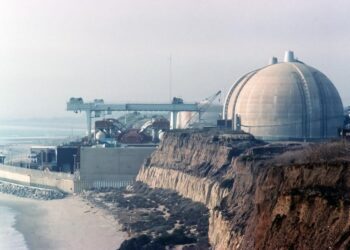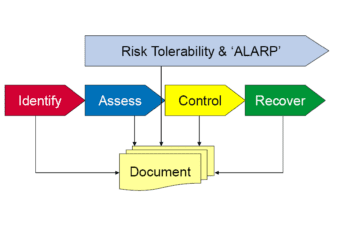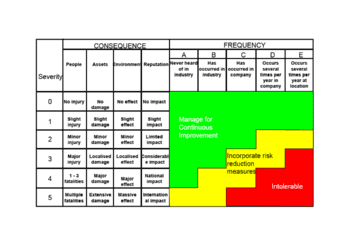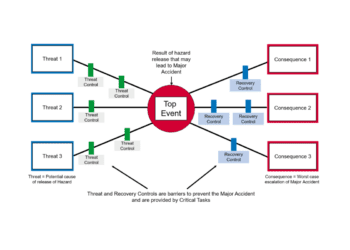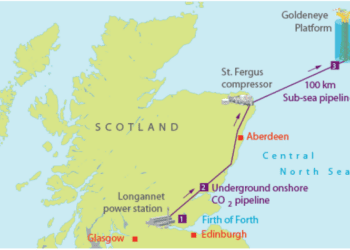Bowties for Every Occasion – The application of bowtie analysis in the dams sector
The benefits of using bowtie diagrams for risk management have been realised by organisations worldwide for many years, notably in high hazard industries. However, increasingly the bowtie analysis technique is proving useful in new settings, such as the dams sector, where the focus is on the potential for extremely high consequence structural failures, albeit at very low frequencies.
INTRODUCTION
Few single-event hazards have the potential for causing as many fatalities as catastrophic dam failures, which often attract a severity similar in magnitude to nuclear incidents or natural disasters. Although catastrophic dam failures are rare, in the US alone, state dam safety programs reported 760 dam safety incidents over a 10 year period in the mid-2000s (Ref. 1).
In the most recent Infrastructure Report Card, the American Society of Civil Engineers (ASCE) gave US dams a “D” grade (Ref. 2). The report indicates that with a steadily rising average age of 56 years, mounting maintenance issues and a growing at-risk population, the number of high-hazard-potential dams and deficient high-hazard-potential dams continues to climb.
This issue is universal, and has resulted in increased focus on the design, ongoing operation and maintenance of dam structures across the world. The need to ensure proper, robust risk management, notably addressing the risk to downstream populations, has been recognised in a series of guidelines and regulations including:
- Interagency Committee on Dam Safety (ICODS): Federal Guidelines for Dam Safety Management (Ref. 3)
- International Commission on Large Dams (ICOLD): Dam safety management (Ref. 4)
- Australian National Committee on Large Dams (ANCOLD): Guidelines on Risk Assessment (Ref. 5)
The challenge for the reservoir industry is to develop and implement a means to consistently and reliably measure and track the dam risk and its management status.
Fortunately, a range of proven and robust risk management methodologies already exist within the high hazard industries, which can be applied to dam structures, allowing us to:
- Appropriately assess and manage the risk profile of dam facilities over time
- Develop a straightforward means by which the risk profile can be conveyed
- Demonstrate compliance with regulatory requirements and prioritise deficiencies
BOWTIE METHODOLOGY
Bowtie analysis, a commonly-adopted methodology within high hazard industries, helps the risks associated with the operation of dam structures to be better understood, managed and communicated to stakeholders, e.g. at-risk populations, companies and regulators.
Through graphical representation, bowtie analysis can map threats that may impact dam safety or the ability to maintain safe operation, identify and assess the safeguarding in place to prevent or mitigate different scenarios, and highlight any deficiencies or non-conformances.
Bowties can be readily developed for any of the more common dam failure mechanisms and other safety issues, including:
- Dam overtopping
- Compromised structural integrity
- Unintended or uncontrolled release
- Reservoir misoperation
- Public interaction with dam facilities
An example bowtie for a common dam failure mechanism (overtopping) is provided in Figure 1.
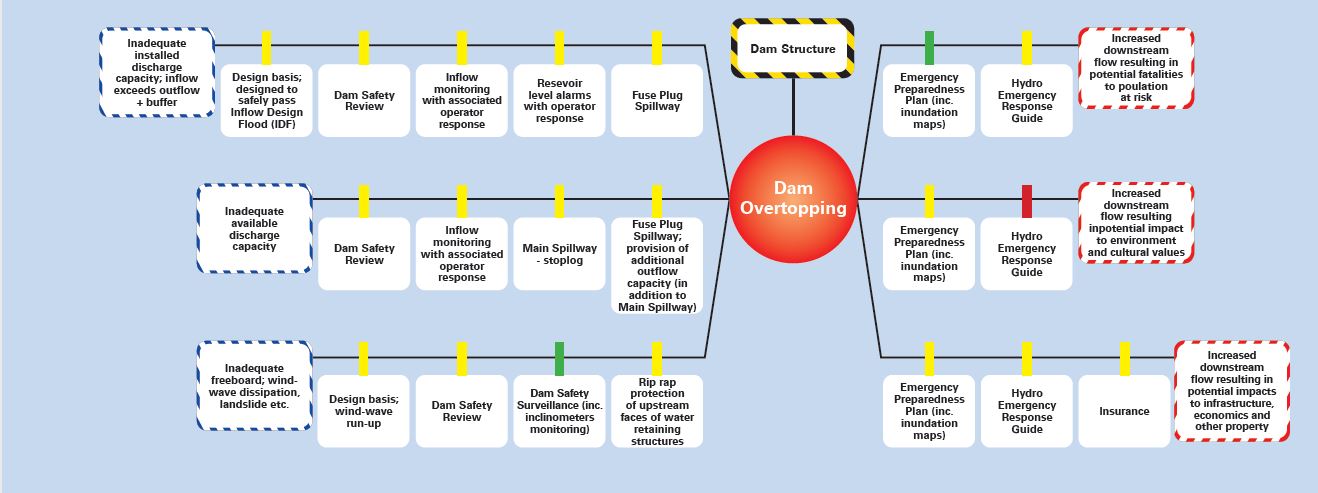
RISK PROFILING
Bowtie analysis is not a panacea for managing dam safety, but can be integrated within a wider risk management framework, which enables:
- Vulnerabilities (deficiencies and/or non-conformances) to be identified, and their impact on the risk profile to be assessed
- The effectiveness of the preventive and mitigation barriers to be monitored
- Remediation activities to be prioritised based on their contribution to a reduction in risk for the structure
This vulnerability-based risk assessment methodology follows a semi-quantitative analysis approach and is generally based on the findings of dam safety reviews. As such, it provides an indicative measure of the potential risk that the structure may pose. A standardised set of criteria can be developed to augment the assessment, which takes account of:
BARRIER EFFECTIVENESS
- Is the barrier in-place (e.g. is the rip-rap protection installed per specification)?
- Is the barrier functional (e.g. is the leak detection functioning per its design intent, or impaired / deficient in some way)?
- Is the barrier adequate (e.g. is the spillway designed to accommodate the Probable Maximum Flood capacities)?
- Is the barrier reliable (e.g. barrier is adequately maintained per Preventative Maintenance (PM) schedule)?
SIGNIFICANCE OF NOTED DEGRADATION
- Is the noted issue a deficiency, thus directly impacting dam safety (e.g. undersized spillway)
- Is the noted issue a non-conformance with regulation, but not directly impacting dam safety (e.g. drainage system clogged with eroded material)
DEMAND ON BARRIER
- What is the ‘stressing’ placed upon the impacted barrier (e.g. what is the Probable Maximum Flood event frequency and therefore how often is the spillway likely to be relied upon?)
Bowtie analysis serves as the framework for this assessment, allowing the risk profile to be better understood, data to be entered in a structured and consistent manner, and the assessment results to be transparent and easily communicable to all stakeholders.
The latter is of particular significance in the dam industry, given the increasing age and demands placed upon structures, and the subsequent risk presented to downstream populations and the environment.
CONCLUSION
With a significant number of dams in operation across the globe, many of which are approaching their life expectancy, it’s important that the associated risk to people and the environment is well understood and appropriately managed.
One useful technique to achieve this goal, borrowed from traditional major hazard industries (e.g. oil & gas, nuclear), is bowtie analysis. When used in combination with an integrated risk management framework, it provides a powerful way to visualise, assess and manage risks to dam safety.
This article first appeared in RISKworld 43, issued May 2023.
References
- Association of State Dam Safety Officials (ASDSO), Dam Incident Database (https://damsafety.org/incidents)
- American Society of Civil Engineers (ASCE), Report Card for Americas Infrastructure, 2021.
- Interagency Committee on Dam Safety (ICODS), Federal Guidelines for Dam Safety Management (FEMA P-1025, 2015)
- ICOLD, Dam safety management: operational phase of life cycle. Bulletin 154, 2017
- Australian National Committee on Large Dams (ANCOLD), Guidelines on Risk Assessment, 2003.


